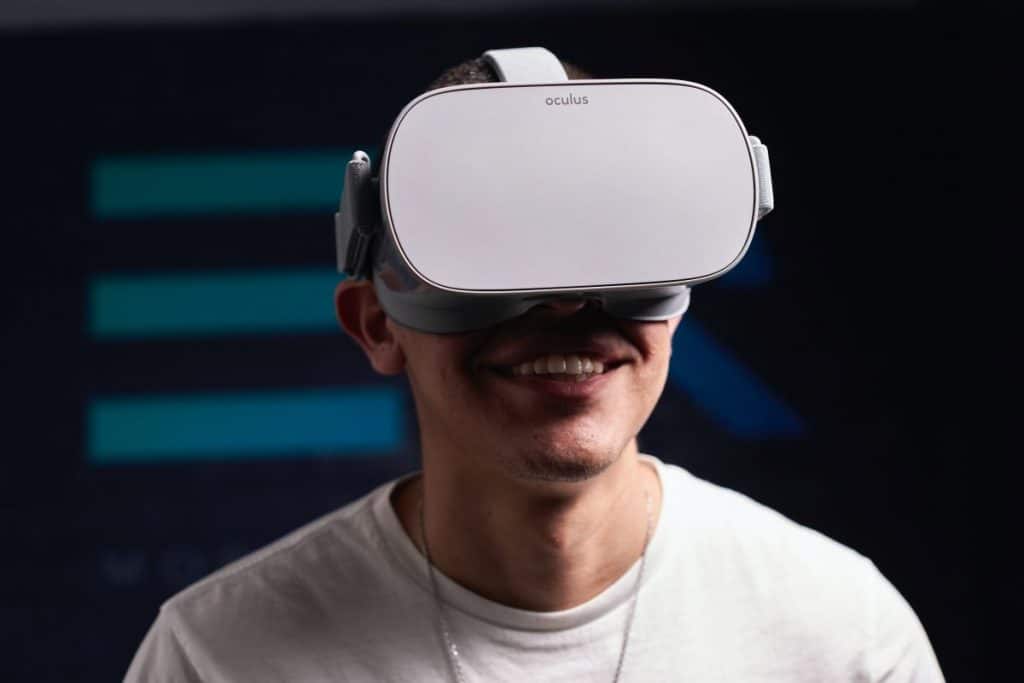Augmented Reality


What is Augmented Reality?
An interactive experience where real-world interactions are altered by computer-generated information in the form of visuals, sound, film, or other. It can enhance reality by affecting various senses, including visual, auditory, haptic, somatosensory, and olfactory sensory modalities.
It combines the real and virtual worlds in real-time, showing both real and virtual objects. There are different pieces of hardware that allow for the AR experience, starting from smartphones and tablets to eyeglasses, headsets, and entire heads-up display technological solutions.
Understanding AR
Unlike in the case of Virtual Reality (VR), the user’s perception is not based completely on the virtually generated reality. AR instead incorporates computer data into the real world. So, for instance, in construction, VR could be used to show how a completed building would look when nothing has been built. AR, on the other hand, can be used to check the progress of construction and catch mistakes by projecting the plans on the building under construction.
With the first head-mounted display created in 1968, AR technology has been in the works for a long time. However, it was not until the last decade that it truly began gaining popularity. Its use cases are widespread: It can be used in architecture, urban planning, commerce, and fitness. It can help enhance communication and social interaction and can be used for work and for pleasure, offering training simulators for the military, pilots, and medical personnel, as well as gaming options for the general public.
It’s believed that wearables are the future of AR. While hand-held devices like phones or tablets can be used for AR, it does not offer an immersive, or sometimes even practical, experience. There have been some developments in this, with more notable products like Oculus, Microsoft HoloLens 2, and Google Glasses. Apple is also working on an AR/VR headset—a mixed reality headset that will combine AR with reality thanks to inbuilt cameras.
« Back to Glossary IndexDisclaimer
In line with the Trust Project guidelines, please note that the information provided on this page is not intended to be and should not be interpreted as legal, tax, investment, financial, or any other form of advice. It is important to only invest what you can afford to lose and to seek independent financial advice if you have any doubts. For further information, we suggest referring to the terms and conditions as well as the help and support pages provided by the issuer or advertiser. MetaversePost is committed to accurate, unbiased reporting, but market conditions are subject to change without notice.
About The Author
Karolina is a writer and journalist with a background in literary studies. She loves exciting tech solutions and art, and NFTs are often a perfect amalgamation of the two. Outside of work, she’s a plant mom, a vintage fashion enthusiast, and a gamer.
More articles

Karolina is a writer and journalist with a background in literary studies. She loves exciting tech solutions and art, and NFTs are often a perfect amalgamation of the two. Outside of work, she’s a plant mom, a vintage fashion enthusiast, and a gamer.

















































